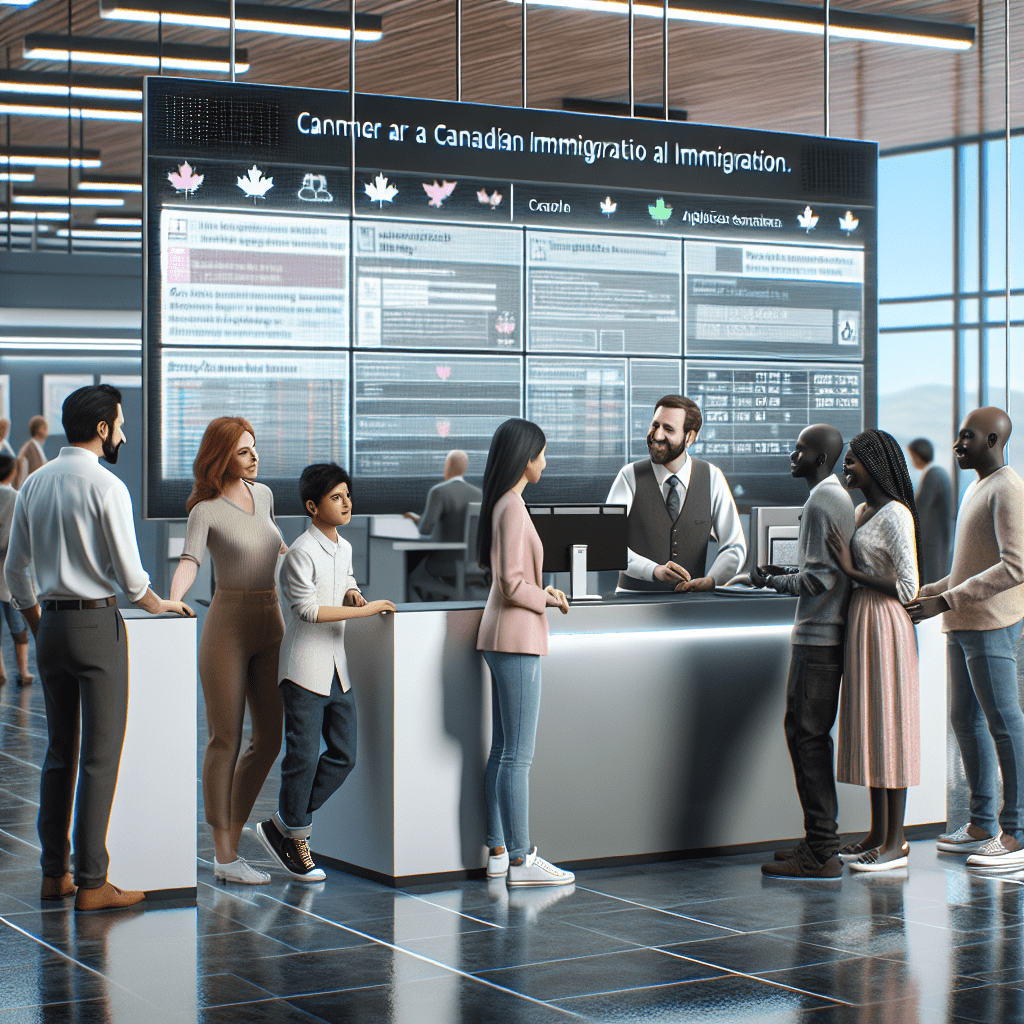IRCC Enhances Spousal Sponsorship Processing with Automation Tools

IRCC Introduces Advanced Technology for Spousal and Partner Immigration Applications: What It Means for Applicants
Immigration Refugees and Citizenship Canada (IRCC) is embarking on an innovative journey to streamline spousal and partner immigration applications by leveraging advanced analytics and automated technology. This move signals a significant shift in the way family class applications are processed, with the aim of enhancing efficiency and reducing waiting times.
Key Changes in Application Processing
IRCC has unveiled two new technological tools designed for different facets of the sponsorship application process. These will specifically target spousal and partner applications, which encompass sponsorship by Canadian permanent residents or citizens for their spouses, common-law partners, and conjugal partners.
-
Sponsorship Stage Automation: The first tool will expedite the sponsorship phase by identifying cases eligible for automatic approval. This aims to reduce processing times significantly. Applications that do not qualify for automatic approval will be referred to a human officer for a thorough review.
- Principal Applicant Eligibility Assessment: The second tool focuses on evaluating the eligibility of the principal applicant. It will perform preliminary analyses, allowing for the fast-tracking of routine applications. Similar to the sponsorship stage, cases that cannot be automatically approved will be sent to an immigration officer for further assessment.
Despite the automation, it is vital to note that the final approval authority remains with IRCC officers. These tools are designed to assist rather than replace human judgment, ensuring that no application can be automatically refused or recommended for denial.
A Commitment to Responsible Technology Use
IRCC emphasizes its commitment to deploying "data-driven technologies" while upholding privacy standards and human rights. An algorithmic impact assessment (AIA) has been conducted to evaluate the potential effects of these automation tools, which were classified as having a "moderate" impact on the application process. The department has also pledged to implement measures to mitigate any associated risks.
This initiative is not without precedent. Previous uses of technology in the immigration process have shown promising results. For instance, in 2023, AI was utilized in processing spousal temporary resident visa applications, leading to a remarkable 98% processing rate within just 30 days.
Insightful Analysis: The Future of Immigration Processing
The introduction of automated tools in immigration processing is a double-edged sword. On one hand, it promises to enhance efficiency and reduce backlogs, which have been persistent issues in the immigration system. For many families, faster processing times could mean reunification sooner rather than later, a prospect that brings hope to countless applicants.
On the other hand, reliance on technology raises concerns about the potential for oversight or errors in decision-making. While the IRCC has taken steps to ensure human oversight remains integral to the process, the balance between automation and human judgment is crucial. As the department moves forward, transparency in how these tools function and their impact on applicants will be essential to maintain trust in the immigration system.
Conclusion: A New Era in Immigration Processing
The IRCC’s adoption of advanced analytics and automation for spousal and partner applications marks a significant evolution in family class immigration. As the department aims to streamline processes and reduce wait times, stakeholders will be keenly observing the outcomes of these innovations. For applicants, this could represent a new era of efficiency in navigating the complexities of Canadian immigration, but it is imperative to remain vigilant about the implications of such technology-driven changes.



